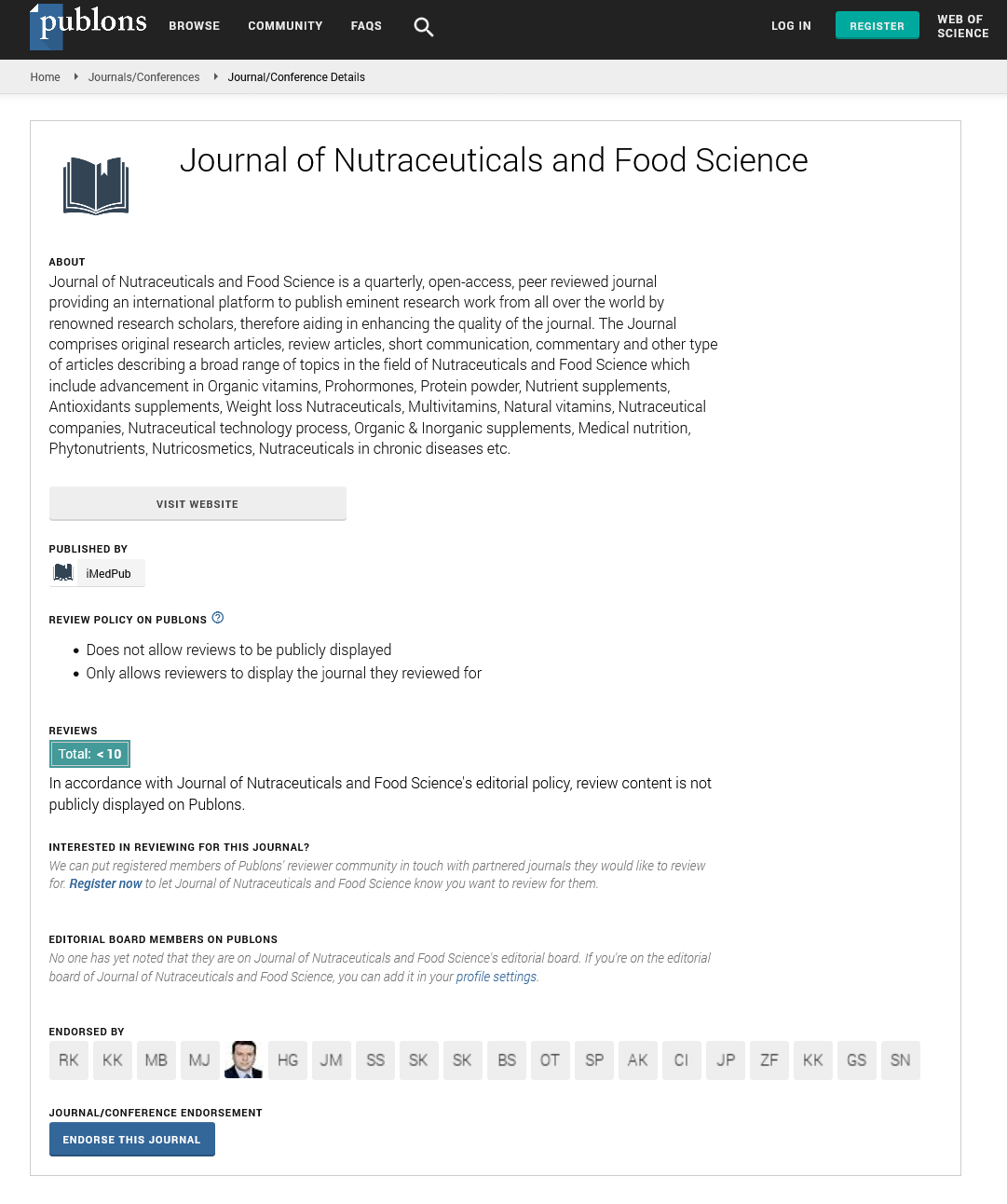Abstract
Microgreen Farming: A Nutrient Dense Crop for Income Generation in Urban Agriculture.
The rapid growth of cities in the developing country is placing enormous demands on urban food supply systems. The huge demand on urban food supply system is challenging the nutritional fulfilment of urban population. To mitigate this requirement, farming of microgreens is becoming popular in urban areas which result in social and economic development. Microgreens are tiny cotyledonary leafy greens of vegetables, spices and herbs that contain high level of nutrients, minerals and bio active compounds as compare to the mature ones. Microgreens farming is popular among urban farmers these days because it is high value crop which need few resources like seeds, soil, water and trays. It has fast turnaround time as it can be harvested at 10-14 day after germination. Microgreen farming is year round growing thus the income generation will be whole year. Less space occupancy makes microgreens farming a better option when compared to traditional crop farming. Microgreen farming is best for urban agriculture as the greens are not grown until maturity, harvested at infancy which reduces the risk and cost of investment. Many plant crops can be grown together in small area which makes microgreens farming high yield to space ratio. The price of microgreens vary from INR 150-250 per 50 grams which shows microgreens have good market value which can boast the earning of urban farmers. The high nutrient content (vitamin- C, carotenoids, vitamin- E, polyphenols and minerals) and the intense flavour increase the demand of microgreens among the consumers. Microgreens has ten times more nutrients then mature one by which few grams of microgreens can satisfied the daily nutrient requirements.Thus microgreens farming are a low investment high dividend agricultural practice as it requires less resources and money but yields serious returns.
Speaker Publications:
- Bhatt P and Sharma S (2018) Microgreen: A nutrient rich crop that can diversify food system. Int J. Pure App. Biosci. 6(2): 182-186.
- Bhatt P and Sharma S (2018) Role of Microgreens in Eradication of Double Burden of Malnutrition. International Conference on Food Security Challenges & opportunities. IFSC18/0081
- Kaur T,Grover K and Bhatt P (2019) Beverage consumption pattern and its contribution to the total nutrient intake of adolescent boys. Int J. Pure App. Biosci. 7(4): 288-297.
Author(s):
Pooja Bhatt and Sonika Sharma
Abstract | PDF
Share this

Google scholar citation report
Citations : 393
Journal of Nutraceuticals and Food Science received 393 citations as per google scholar report
Journal of Nutraceuticals and Food Science peer review process verified at publons
Abstracted/Indexed in
- Google Scholar
- Publons
- Secret Search Engine Labs
Open Access Journals
- Aquaculture & Veterinary Science
- Chemistry & Chemical Sciences
- Clinical Sciences
- Engineering
- General Science
- Genetics & Molecular Biology
- Health Care & Nursing
- Immunology & Microbiology
- Materials Science
- Mathematics & Physics
- Medical Sciences
- Neurology & Psychiatry
- Oncology & Cancer Science
- Pharmaceutical Sciences


